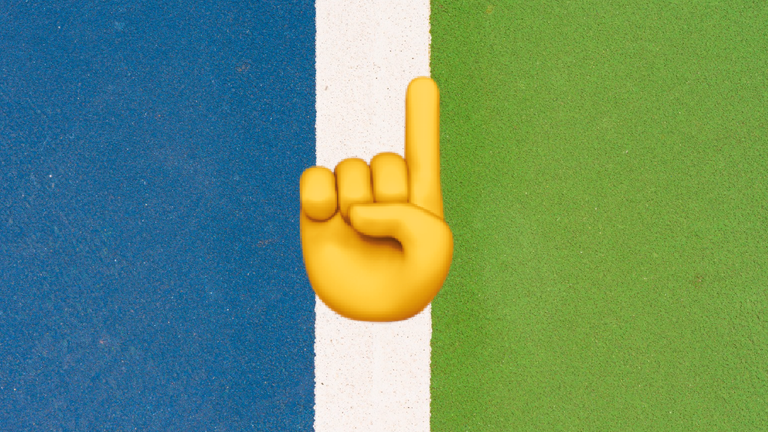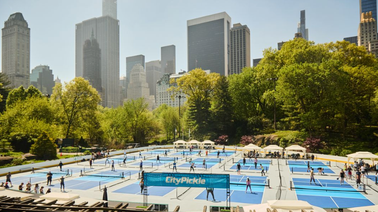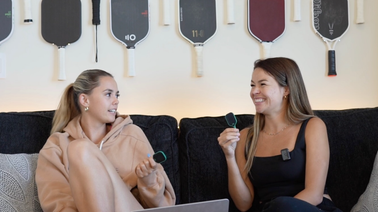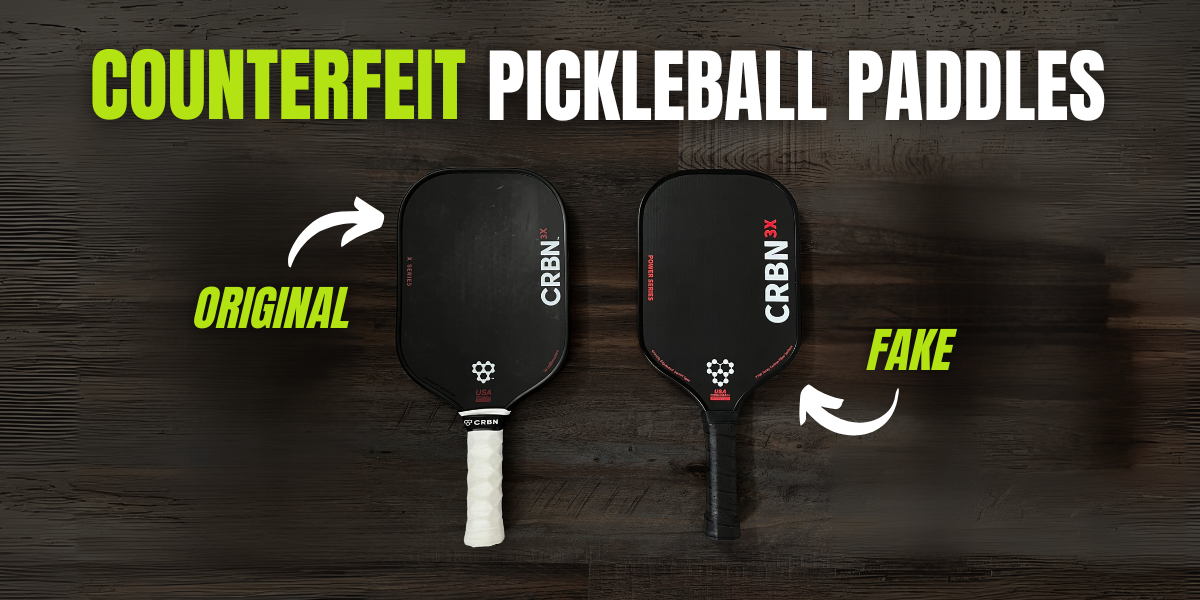
Fake Pickleball Paddles Are Flooding the Market—and Hurting the Sport's Future
Inside the pickleball paddle black market that’s confusing consumers, costing brands, and undermining the sport’s ability to innovate
CRBN spent nearly two years perfecting TruFoam, the sport’s first mainstream foam-core pickleball paddle—a bonafide technical breakthrough that helped set the stage for many brands to follow suit.
Almost immediately, the fakes came pouring in.
Within weeks of the TruFoam launch in early 2025, lookalikes started popping up across online marketplaces like Alibaba, Temu, and Facebook, some for as little as $17. None of them were real. Not even close.
But they sure looked like it.
This is the pickleball paddle black market—where knockoffs flourish, intellectual property gets trampled, and innovation pays the price.
“When factories and brands start trying to copy you within weeks of launch, it’s a sign you’ve done something meaningful,” says CRBN Co-Founder Kyle Goguen.
“In some ways, it’s flattering—but more than anything, it’s frustrating.”
Imitation may be the sincerest form of flattery, but for a growing list of pickleball paddle brands, it's become a real – and expensive – problem.
Counterfeits, clones and knockoffs
The murky world of imitation paddles isn't new, but it's proliferated in the past few years, paralleling pickleball's meteoric rise in popularity in the US and around the world.
Call them clones or counterfeits or knockoffs. By any name, they're attempting to pass as the real thing. Some mimic the design of name-brand paddles without using actual brand logos. Other are more brash, boldly copying not just design, but logos, trademarks, and even specific model names.

The companies pumping these paddles out are largely located overseas, operating in a penumbra of rules, regulations, and consequence.
- Their speed to market is lightning-fast – major releases are often copied within weeks of a U.S. launch.
- They are faceless and often nameless, difficult to identify and pin down
- Their brazen tactics are intended to drive fast sales; as soon as any issues crop up, they simply close up shop and re-open under a new moniker
One listing on Alibaba, for example, shows a paddle nearly identical to CRBN’s TruFoam. It’s missing a letter in the name, but includes the TruFoam logo, font, and colors—making it nearly indistinguishable to a casual buyer.

“Many people think they’re getting a ‘deal’ on a CRBN paddle,” Goguen says of the counterfeits.
“But they’re buying a low-quality imitation with no warranty, no customer support, and no quality control.”
An open, ugly secret
Counterfeit paddles are one of the sport's ugly, open secrets – some consumers seek them out, looking for a deal, while others are tricked by fake advertising, thinking they're getting the real thing.
In online forums like Facebook and Reddit, consumers proudly post knockoffs, flexing the great deal they got on a paddle, they claim, that performs close enough to the original to warrant the secondary market purchase.
Caught in between all this, fighting their way through a vast grey area of regulatory red tape and trademark infringement, are the legitimate paddle brands trying to push the sport forward.
Major players like CRBN, Selkirk and JOOLA are common targets, easy marks for their deep brand recognition and trust within the consumer market.
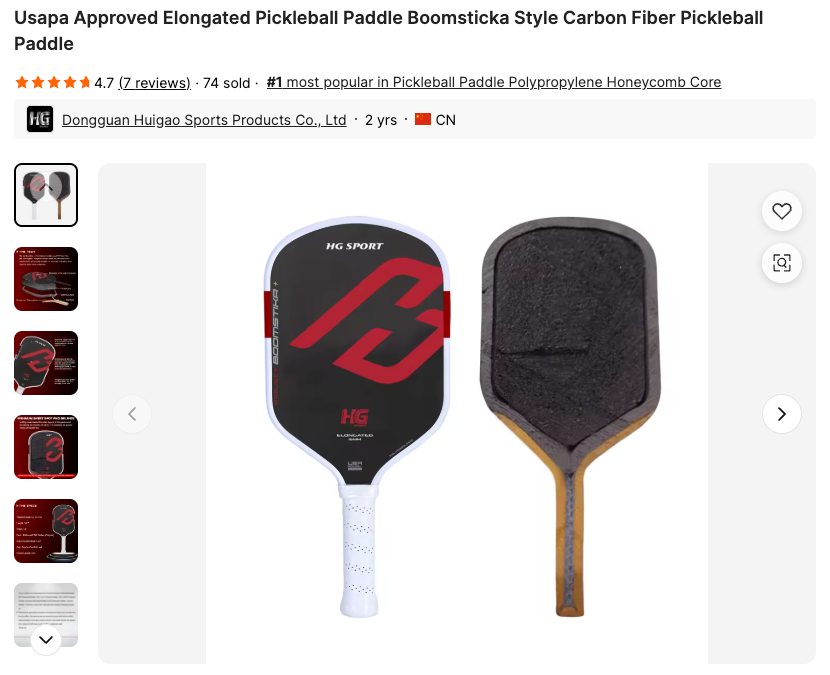
But smaller brands get targeted, too.
Friday Pickleball launched its “Fever” paddle after eight months of prototyping and 80+ iterations. The fakes quickly followed suit.
The brand posted a behind-the-scenes look at the process to Reddit. The most popular comment framed their commitment to innovation in the context of cheaper, "abhorrent" imitations:
Good, honest, hard working people who invest lots of time and money to improve the game are being ripped off by the counterfeit market and too many in this forum simply justify it by saying “the paddles are too expensive and the paddle companies are greedy charging those prices." But those prices are to recoup the effort and expense of developing a quality product.
It's a sentiment echoed by Goguen from CRBN:
"We pour immense time and money into R&D with one goal: pushing the sport forward. So when we see copycats using our exact product names, descriptions, designs, and even marketing images, it’s disheartening," he says.
"They’re not just taking shortcuts—they’re riding on the coattails of real innovation without any of the effort."
Buyers beware: the secondary paddle market is teeming with bad actors hoping to capitalize on your love of the game – and a good deal.
Inexpensive and easy to find
Counterfeit pickleball paddles are sold all over, but there are a few sites where they tend to proliferate:
- eBay
- Facebook Marketplace
- OfferUp
- Alibaba (and AliExpress)
- Temu
This is not to say any of these sites are bad. But when it comes to knockoff pickleball paddles, sellers seem to be free to push seemingly whatever they want, largely unchecked.
"There are a lot of bad actors out there selling fake products to unknowing customers," says Goguen.
The clearest indicator of whether a paddle is authentic or not is the price–if it looks too good to be true, it probably is.
The Selkirk Boomstik has emerged as a hot paddle on the counterfeit market for obvious reasons: it hits like a missile launcher and retails for $333.
Fakes abound on the internet, selling for $30 or even less. When the product image shows a real Boomstik with the Selkirk logo blacked out, it's probably a good indication to expect significant compromises in quality.
Are knockoff paddles any good?
The short answer? It depends.
According to one Reddit user:
"It's like buying $10 wine: you might get a great bottle once in a while, but the next bottle of the same wine could be terrible. You just never know."
Others have been outright scammed, purchasing paddles that wouldn’t stand up to the 1960s wood paddles once considered state-of-the-art.
It's also nearly impossible to know for sure if what you're being sold online is what will arrive at your doorstep. There are lots of videos, for example, that appear to show the core of a clone JOOLA Pro IV being sold on Alibaba, some for less than $25.
They look pretty legit. But are they? How can you be sure you're buying what the site says it's selling?
We wanted to see for ourselves, so we tried one.
Before the TruFoam came out, one of my go-to paddles was the CRBN 3X, a Gen 3 paddle that retails for $230. It's a great all-around option–plenty of pop, nice control, and the type of dwell that feels like you can cup the ball and place it right where you want it.
In preparation for this article, I spent some time playing with the $25 counterfeit version from Alibaba.
To the untrained eye, they look nearly identical.
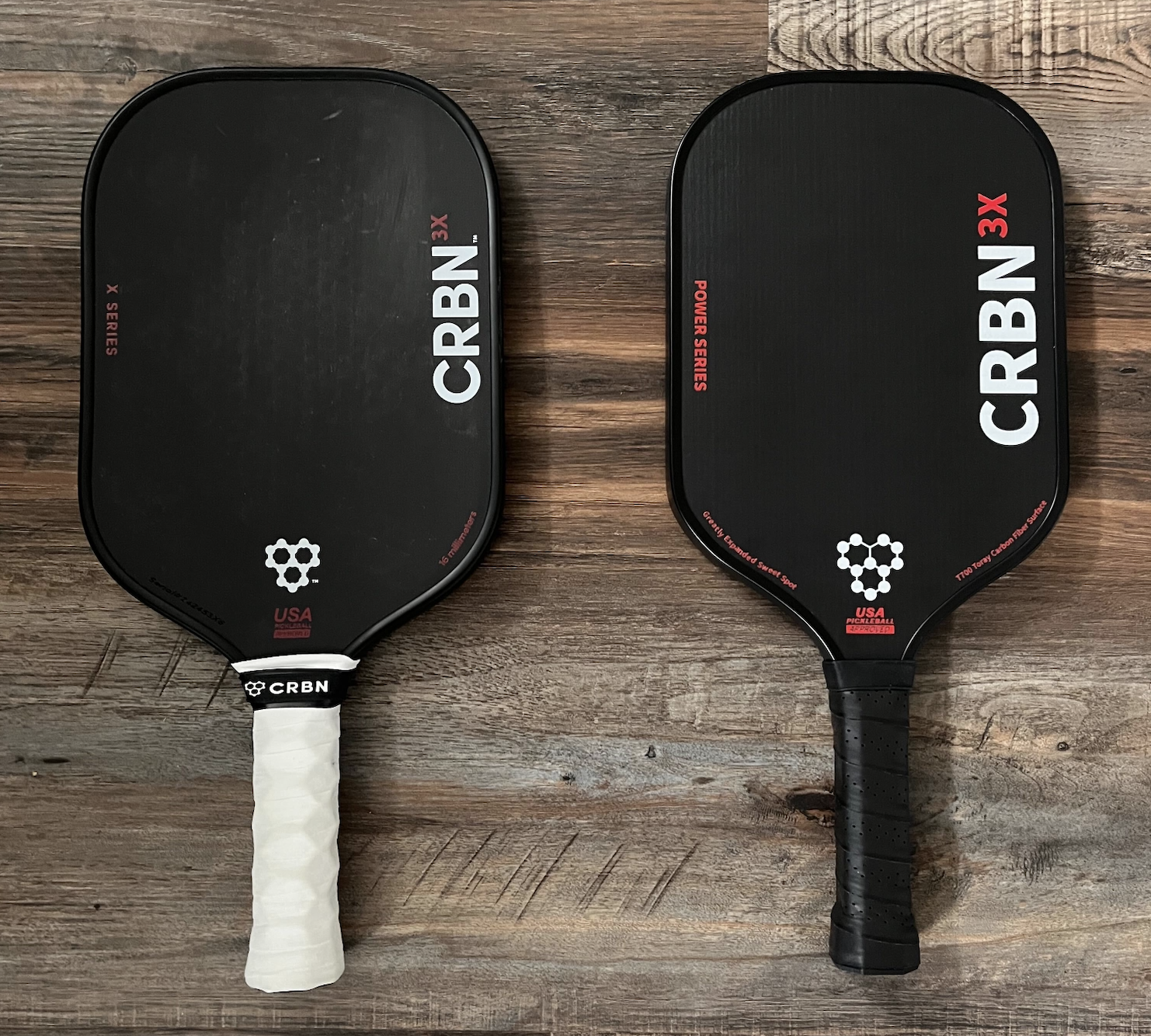
That's where any and all comparisons end.
A few objective statements about the counterfeit:
- The description claims the face is carbon fiber. It is not. I'm pretty sure it's cardboard.
- The edge guard started peeling away from the face almost immediately.
- It is crazy light. I didn't cut it open, but it plays and feels almost entirely hollow.
- The handle is flimsy and open on the sides.
- The absence of grit makes controlling the ball nearly impossible.
Not all clones are this bad. But this one stands out because it's such a close replica of the original that consumers could be–and often are, Goguen confirms–fooled into thinking it's the real thing.
'The costs are significant'
For brands like CRBN, Selkirk and JOOLA–by all accounts the most knocked-off paddle brands by volume–the problem is massive.
"The costs are significant," says Goguen, "and they go far beyond legal fees."
All the energy invested in protecting their IP is time not spent doing what they love: innovating the sport forward.
Goguen goes on:
Between our internal team, legal counsel, and the time spent documenting, tracking, and responding to infringement, we’ve already spent many tens of thousands of dollars. That’s time and money we’d much rather invest in developing new technology or growing the sport.
It also hurts the consumer, many of whom think they're getting a "deal" only to wait weeks for a cheaply made imitation product.
Once it arrives, they're left holding a disappointing dupe, then thrust into a cycle of customer service complaints and warranty checks that cost them and the brands time and money.
This is a mess – now who cleans it up?
The scope of this problem goes far beyond a handful of brands–on the heels of reports projecting the pickleball paddle market's 10-year growth in excess of $300 million, the paddle black market is booming.
At all levels of competition, counterfeit paddles creep into the cracks and crevices littered throughout testing and regulatory infrastructures. Once in the field of play, their performance attributes are entirely unknown and unchecked.

The playing field, as a result, is anything but level.
For brands and consumers, their proliferation runs counter to innovation. The more that flood the market, the less major brands can afford to conceive, produce, and distribute the next groundbreaking technology.
It's a massive problem. The ball to seize back control is in the court of USA Pickleball and the United Pickleball Association of America.
Both regulatory organizations are intensely aware of what's going on and are, we're told, taking active measure to fight back.
Will it work? Time will tell. But the clock is ticking.
Love pickleball? Then you'll love our free newsletter. We send the latest news, tips, and highlights for free each week.

Love Pickleball? Join 100k+ readers for free weekly tips, news & gear deals.
Subscribe to The DinkGet 15% off pickleball gear at Midwest Raquet Sports





